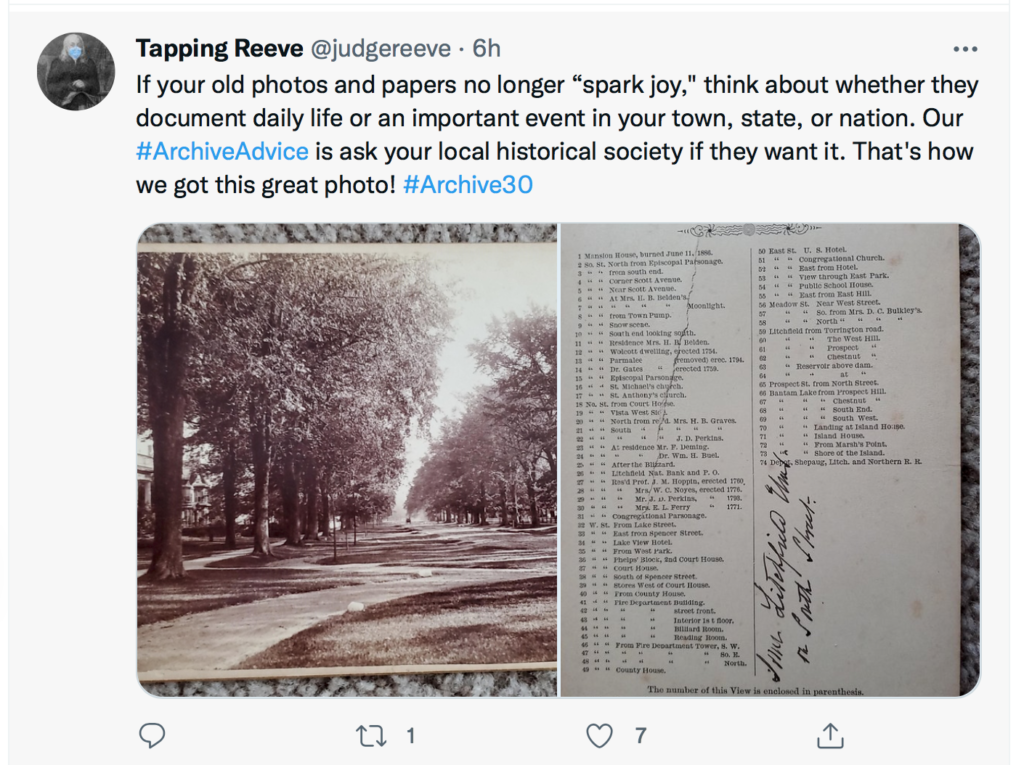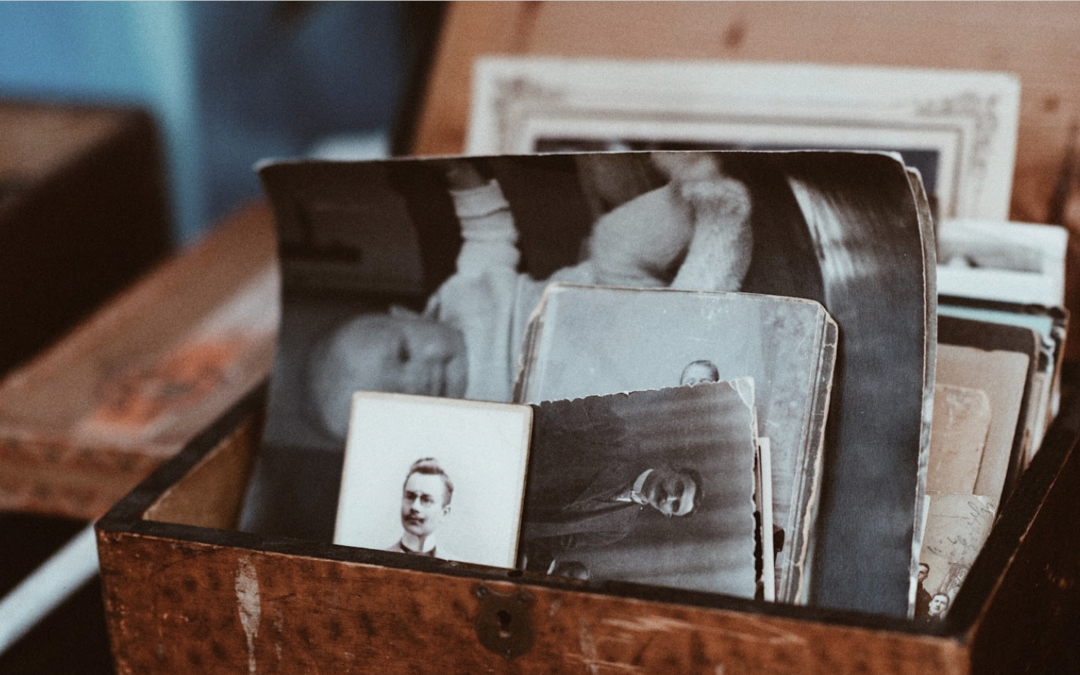Ever bump into a stash of old family papers and photos you’d forgotten about or never knew you had?
There’s typically a rush of excitement that comes from feeling like you’ve discovered a treasure, and perhaps even a mystery if what these items document isn’t familiar.
Who are these people? Where are they? Why did someone keep this letter or official-looking document?
It’s natural to think your old photos, papers, and other sentimental memorabilia are treasures.
In earlier eras, for example, taking photographs could be more formal than casual, and the cost involved wasn’t insubstantial, which lends an air of importance to the people, events and places memorialized in the photos crammed into boxes that threaten to fall off the top shelf of the closet every time you get something you need.
Guess what? Almost all of it is actually clutter standing in the way of your ideal lifestyle and the “joy” that comes from having a clean and tidy home.
Even if you figure out who’s who in the group of people wearing funny hats and standing in front of a church with what look like dignitaries in the early 1900s, that snapshot of a moment in time may not be important enough to hold onto.
Old documents and papers documenting milestones for someone decades ago are less captivating than vintage photos, but the instinct is still “if the family kept it carefully stored away, it must be important and I need to keep it.”
There’s a cottage industry that supports this type of thinking, with traditional and online businesses inviting people to preserve photos and papers, display them on the walls, make a photo book or archival scrapbook, and even do something “novel” like putting them under glass covering the coffee table to create a display.
Well, you know what I think about all of that.
You may want to frame the deed to your grandparents first house in America as a testament to the family’s journey, but in most cases the old papers and photos you have stuffed away—as well as other types of memorabilia—are really hidden clutter that carries all the weight of obvious clutter. (See my related blog post, Breaking Up Is Tougher With the Clutter You Don’t Really See)
A recent post by the Litchfield Historical Society on its Tapping Reeve Twitter feed offers a great idea.

It’s brilliant, really. That photo of the folks in front of the church may be an interesting footnote but also clutter for you, but it may be an important artifact for your community because of who’s in the photo and the fact that the church is gone and its history was important but not well-documented.
Knowing your old photos will add context and value to the collection of a historical society, or other entity with a mission of preserving the stories and images of the past, will help you feel good about letting them go. Suddenly you’re not “throwing them away” but actually elevating their status.
That psychological boost may be more important than you realize, as there’s a good reason we save sentimental items for last in a KonMari decluttering journey.
When the clients I work with on decluttering get to sentimental items, including personal “treasures” like photos and memorabilia, they have refined their ability to make stay-or-go decisions and feel confident in their decisions.
Papers, which have their own category, come third after clothing and books, and it’s an easier task in some ways because there’s less of a sentimental tug with manuals, warranties, financial statements, and personal paperwork. In the case of papers, many of them are necessary to keep, and we discuss how to best store them for your records.
~
Those seeking professional help with decluttering should feel free to email me at [email protected], or call (203) 772-8883, to discuss your situation—or visit my Packages & Rates page.
Follow me on Facebook and on Instagram as the Sage of Interiors, as well as Dr. Christine Thorn on Facebook.
